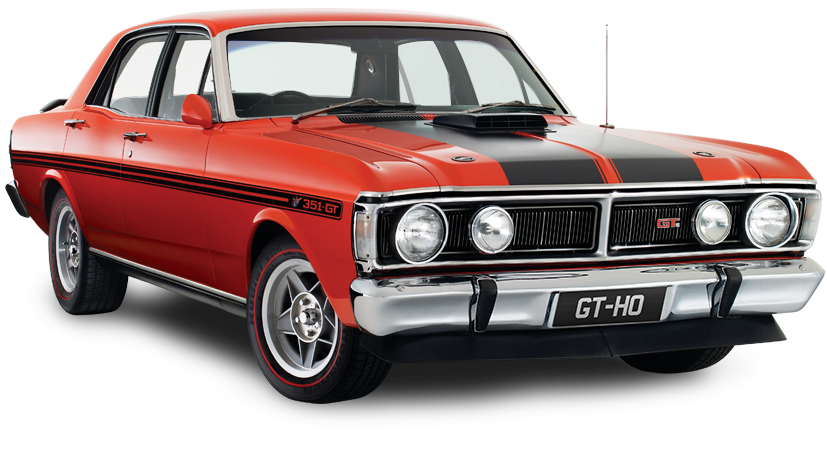how to prepare for
a chassis dyno test
10-point chassis dyno checklist
When you arrive for your dyno appointment, we’ll conduct a basic visual inspection of your vehicle for fluid leaks, worn or deteriorated components, tire pressure, and loose or improperly fitted parts. Please note that this is a very basic inspection that will only reveal issues that are obvious and in plain sight.
Ultimately, you’re responsible for ensuring that your vehicle can withstand the rigours of running at high speeds and RPMs on the dynamometer. Any unresolved mechanical issues that may surface under heavy load should be repaired before your appointment. Otherwise, there’s a good chance your session will be interrupted, and you’ll have to reschedule the test.
We’ve created a detailed checklist for you to review before your testing appointment. Reviewing this checklist and making any needed repairs before your test will help ensure that your chassis dyno testing experience goes smoothly.
Ian
dyno checklist
1. Sensors
2. Previous Tuning
3. Wiring
Ensure that your wiring is properly grounded and protected. Dyno testing and premium tuning of vehicles go smoother and quicker when all wiring is neat, tidy, properly grounded and protected from heat.
4. O2 Bung
5. Exhaust
Exhaust leaks can result in inconsistent tuning, and compromised components can come apart during the rigours of the roller dyno. Repair or replace any problem components – including loose or missing hangers.
6. Cooling System
7. Fuel Tank
Make sure your tank is at least half-full. For a consistent tune, fill up with the same octane fuel you routinely use. If your odometer’s over 80,000 km, we recommend changing the fuel filter.
8. Drivetrain
9. Tires
10. Fluid Levels
Download checklist as pdf
share this page
 Marc Chartrand
Marc Chartrand

